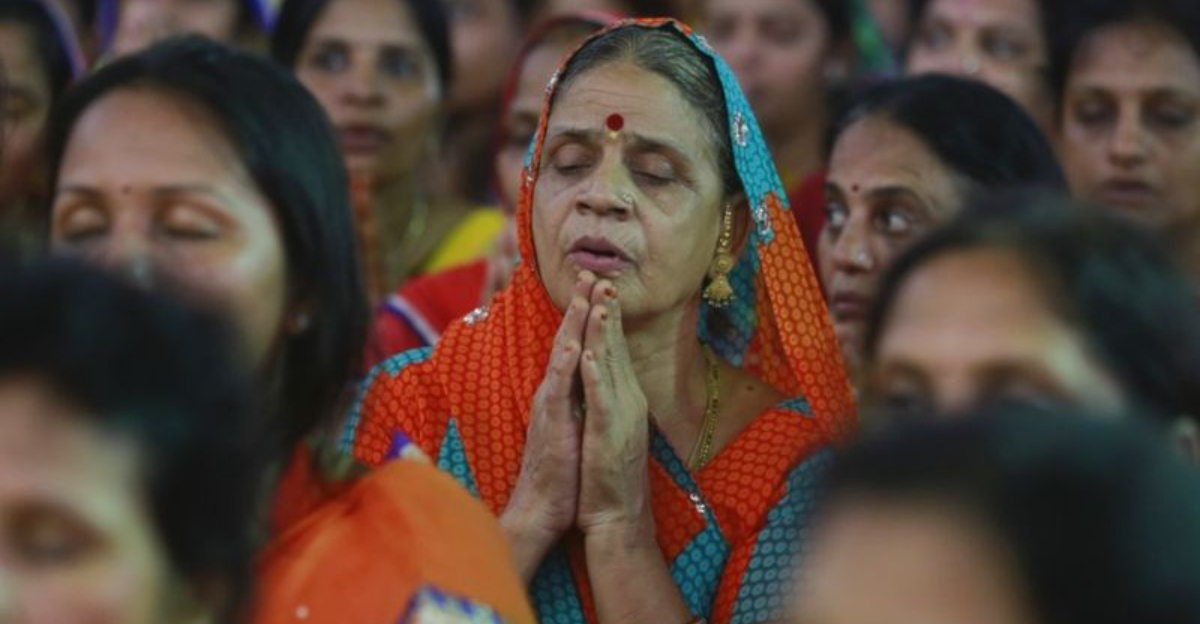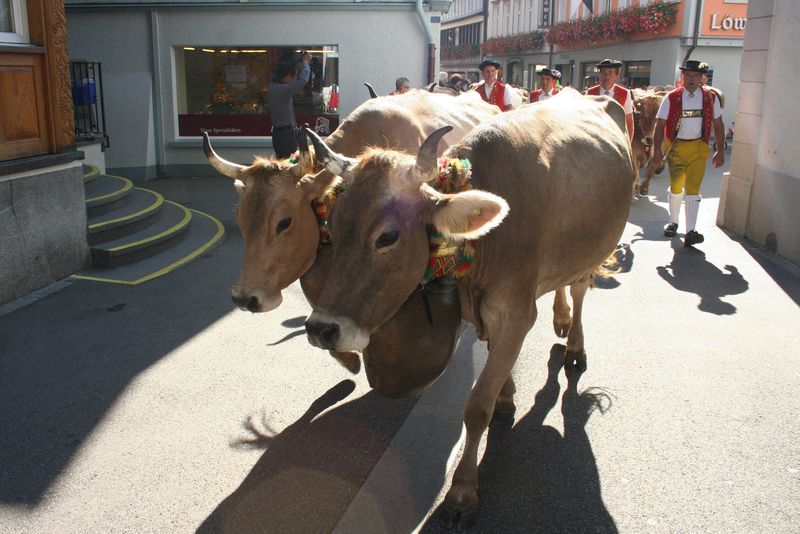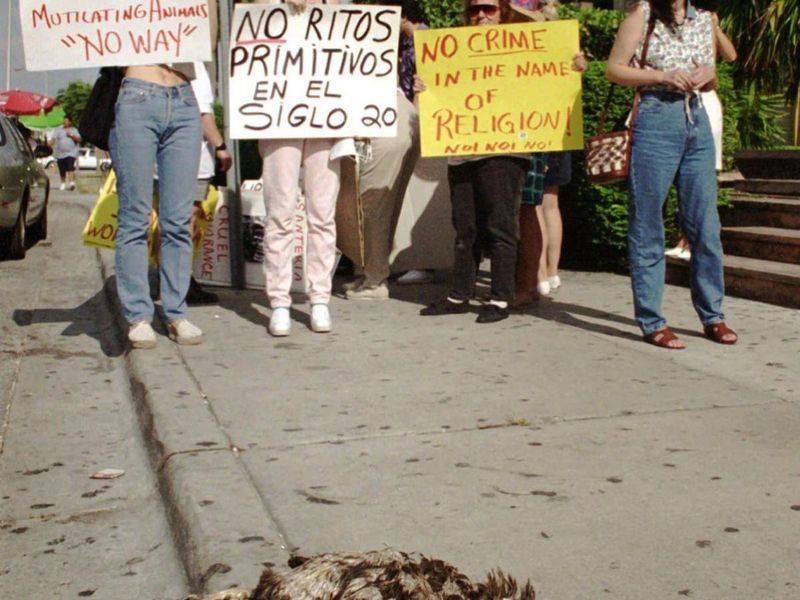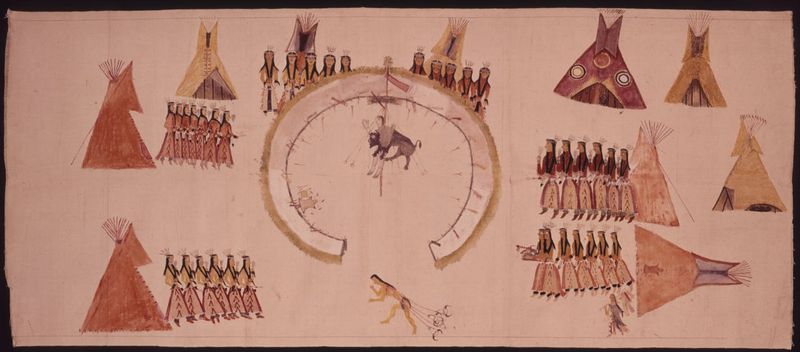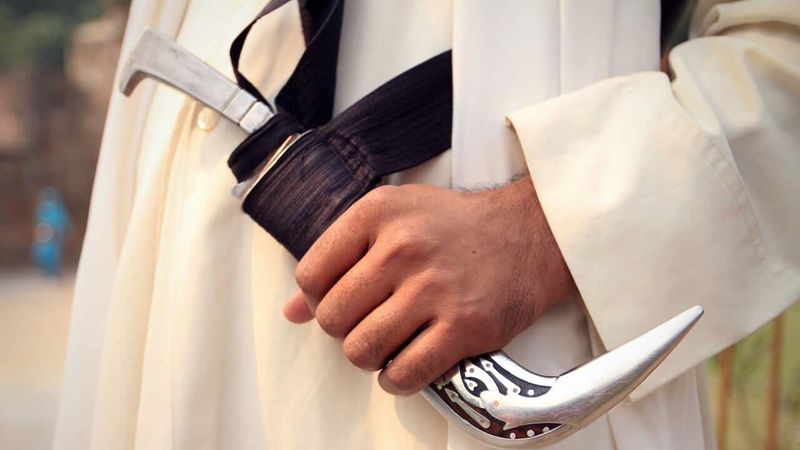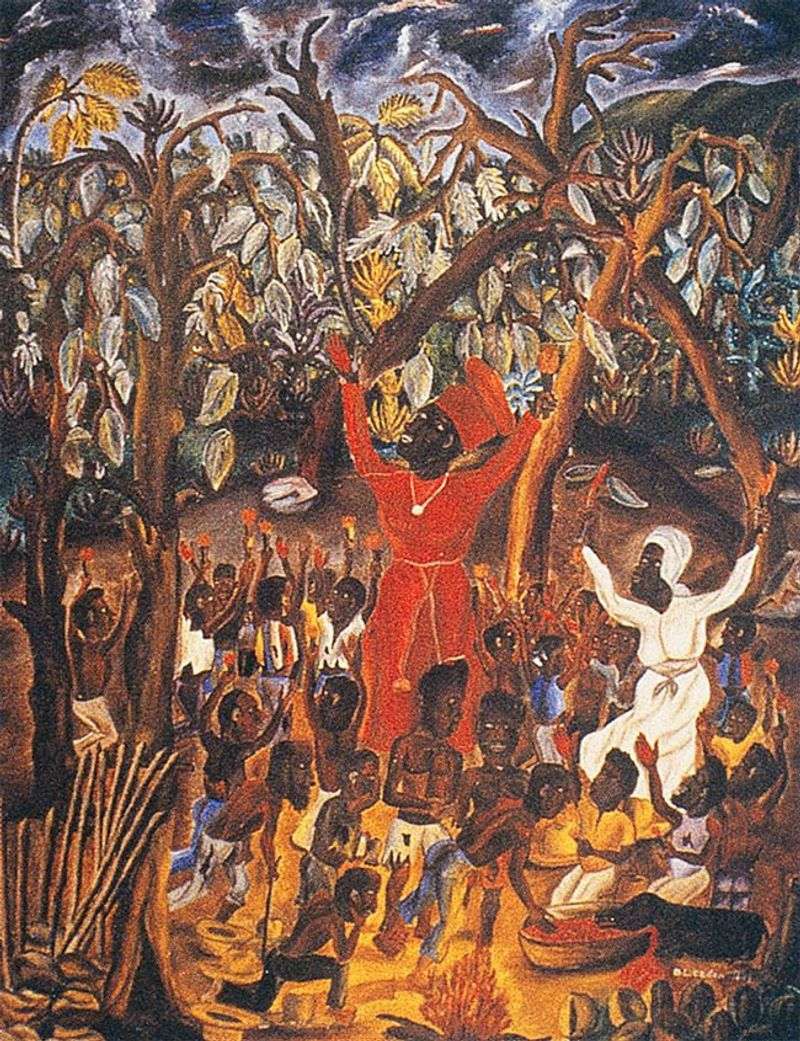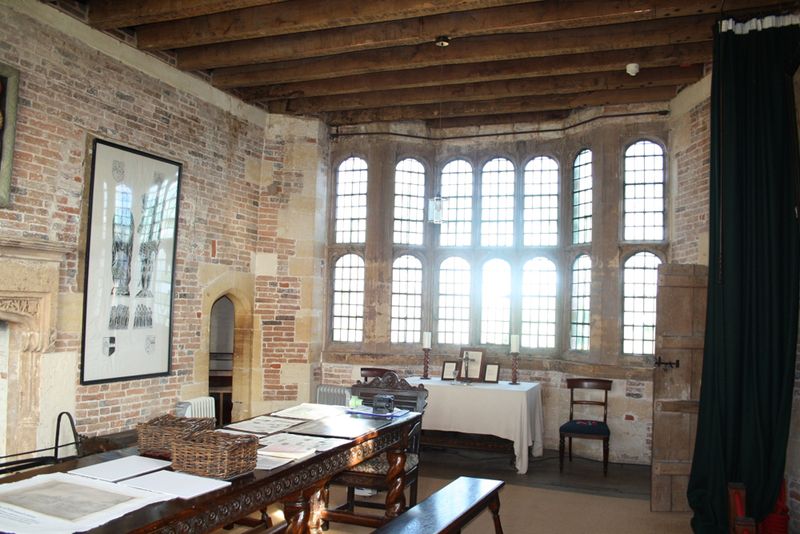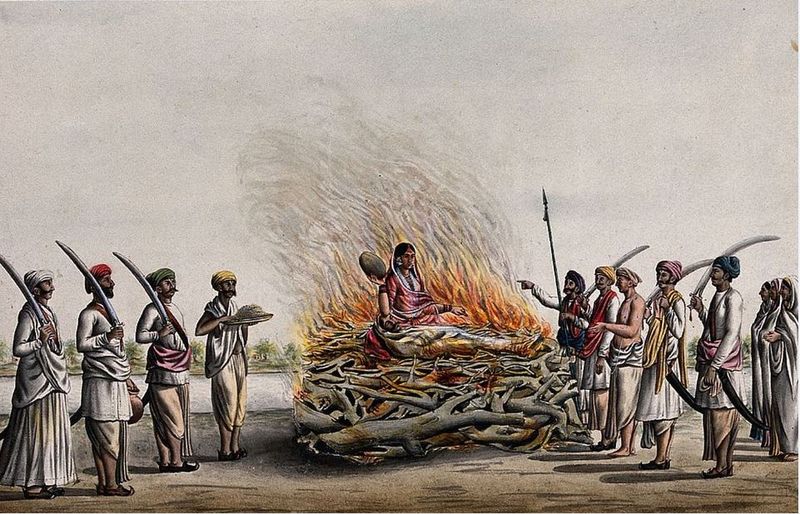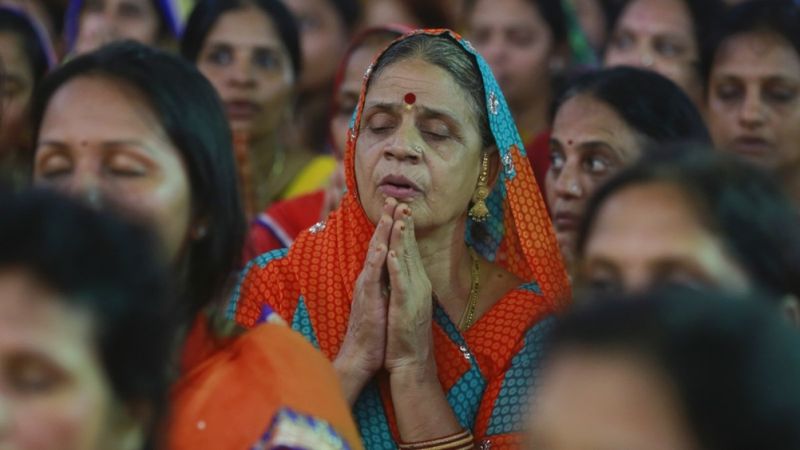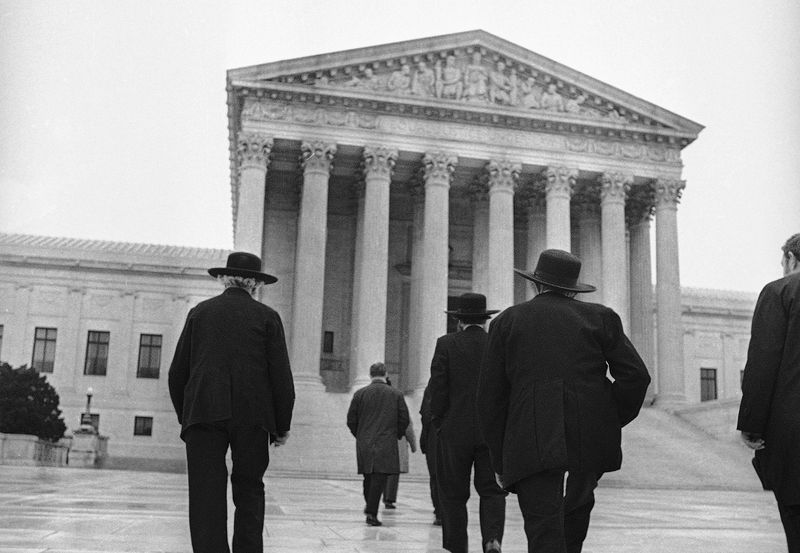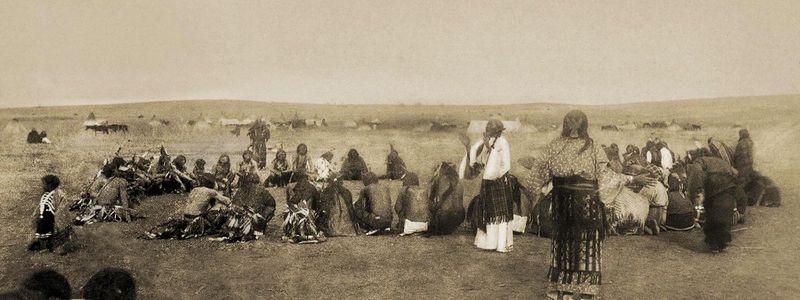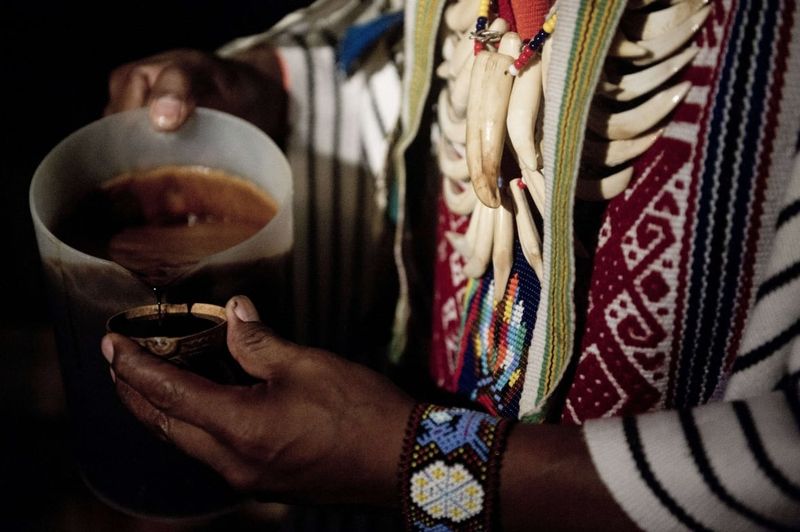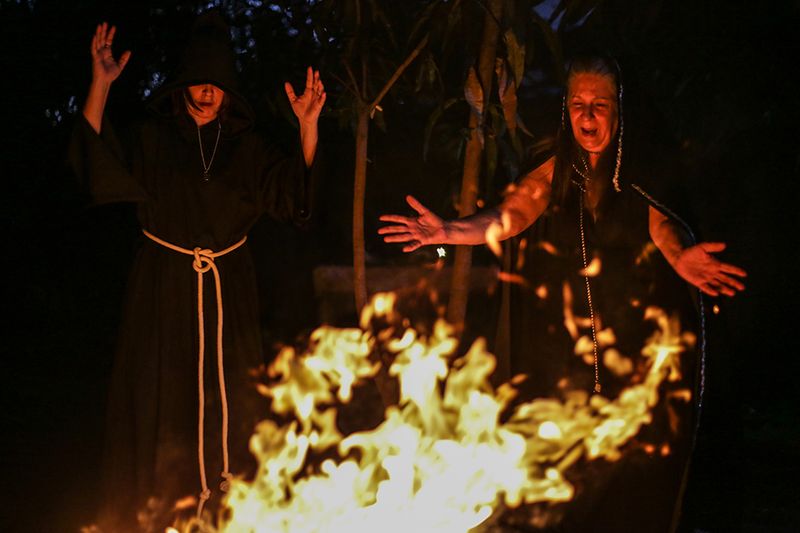Throughout history, governments have often clashed with religious communities over certain rituals and practices. These conflicts reveal the complex relationship between religious freedom and secular authority. From ancient ceremonies to modern worship, many sacred traditions have faced legal restrictions that sparked heated debates about human rights, cultural preservation, and the limits of religious expression.
1. Shechita: Jewish Ritual Slaughter Under Fire
Switzerland made history in 1893 as the first modern European nation to ban shechita, the Jewish method of ritual slaughter. This ancient practice requires a single swift cut to the throat without prior stunning, a technique Jews believe minimizes animal suffering while fulfilling religious law.
The Swiss ban came amid rising antisemitism, setting a troubling precedent. Nazi Germany later prohibited shechita in 1933 as part of its systematic persecution of Jews. More recently, countries like Belgium and Norway have enacted similar restrictions, claiming animal welfare concerns.
Jewish communities maintain these bans effectively criminalize their religious observance. Court challenges continue as religious leaders argue these prohibitions violate fundamental freedoms, forcing observant Jews to import kosher meat at significant cost or abandon religious dietary requirements.
2. Halal Slaughter: Muslim Communities Face Restrictions
Dhabiha, the Islamic method of animal slaughter, shares similarities with Jewish shechita but carries its own distinct religious significance. Muslim butchers must pronounce Allah’s name while making a precise incision that severs specific vessels, allowing blood to drain completely – a requirement many believers consider non-negotiable.
Several European nations have targeted this practice through legislation requiring pre-stunning. Belgium’s 2019 ban sparked particular outrage among Muslim communities, who viewed it as thinly veiled discrimination masquerading as animal welfare concern.
The restrictions create genuine hardship for observant Muslims. Some have established underground slaughterhouses, while others reluctantly import meat at premium prices. Religious leaders continue challenging these bans through courts, arguing they violate constitutional protections for religious freedom.
3. Santería Animal Sacrifice: Supreme Court Showdown
The Afro-Caribbean religion Santería found itself at the center of a landmark legal battle in Hialeah, Florida during the early 1990s. Practitioners believe animal sacrifice is essential for healing, initiation ceremonies, and honoring orishas (spirits) – a tradition carried from West Africa through centuries of slavery.
When Santería priest Ernesto Pichardo announced plans to open a church, the city quickly passed ordinances specifically targeting animal sacrifice while exempting other forms of animal slaughter. The blatant discrimination prompted a legal challenge that reached the highest court.
In a unanimous 1993 decision (Church of Lukumi Babalu Aye v. City of Hialeah), the Supreme Court ruled that targeting specific religious practices while allowing similar secular activities violated First Amendment protections. This victory established crucial precedent for religious minorities throughout America.
4. Native American Sun Dance: Spiritual Suppression
For generations, the Sun Dance served as a sacred ceremony of renewal and sacrifice for many Plains tribes. Participants danced for days without food or water, sometimes tethering themselves to a central pole with skewers through their skin – a profound act of spiritual devotion and physical sacrifice.
The U.S. government’s 1883 Religious Crimes Code explicitly criminalized such “heathenish” ceremonies. Indian agents and police ruthlessly enforced these bans, imprisoning spiritual leaders and withholding essential food rations from tribes that continued their sacred traditions.
Many communities practiced in secret, preserving their ceremonies despite severe punishment. The ban remained until 1934, when Commissioner John Collier’s Indian Reorganization Act finally recognized Native religious rights. Full protection wouldn’t come until the 1978 American Indian Religious Freedom Act, nearly a century after the original prohibition.
5. Peyote Ceremonies: Native American Church Fights Back
The sacred cactus peyote contains mescaline, a powerful hallucinogen central to Native American Church ceremonies. Participants consume the bitter plant during all-night prayer meetings, believing it facilitates direct communication with the Creator and promotes spiritual healing.
Federal and state authorities criminalized peyote use throughout most of the 20th century, making no exceptions for indigenous religious practice. The persecution intensified during the War on Drugs, with practitioners facing imprisonment for their sacrament.
A turning point came with the 1990 Supreme Court case Employment Division v. Smith, which initially denied religious exemptions. Public outcry led Congress to pass the 1994 American Indian Religious Freedom Act Amendments, specifically protecting Native American peyote use. This hard-won victory came after generations of indigenous people risked everything to preserve their spiritual traditions.
6. Sikh Kirpan: Sacred Dagger Faces Modern Restrictions
The kirpan—a ceremonial dagger or sword—represents one of Sikhism’s five articles of faith (the Five Ks). Practicing Sikhs must wear this symbol of spiritual defense and commitment to justice at all times, considering it a religious obligation rather than a weapon.
Modern security concerns have created significant challenges for Sikh communities worldwide. Schools, courthouses, and government buildings frequently ban the kirpan, forcing believers to choose between religious obligations and education or civic participation.
Legal battles have produced mixed results. Canada’s Supreme Court ruled in favor of kirpan rights in schools, while many American institutions maintain restrictions. Compromise solutions like sewn-shut sheaths or miniature symbolic versions demonstrate the ongoing tension between religious freedom and security concerns in pluralistic societies where weapons carry complicated cultural meanings.
7. Vodou Ceremonies: Colonial Suppression in Haiti
Vodou emerged as a powerful fusion of West African spiritual traditions and Catholic elements among enslaved Africans in Haiti. Ceremonies featuring drumming, dancing, and spirit possession provided not just spiritual comfort but also preserved cultural identity and resistance networks.
French colonial authorities recognized this power and enacted brutal bans. The 1685 Code Noir explicitly prohibited “superstitious” gatherings, while later laws targeted drumming and dancing specifically. Punishments included public whipping, branding, and execution.
Despite this persecution, Vodou thrived in secret mountain gatherings called “Bois Caïman.” The religion ultimately played a crucial role in Haiti’s successful 1791-1804 revolution—the only successful slave revolt in history. Even after independence, Haiti’s elite periodically banned Vodou practices until official recognition finally came in 2003, ending centuries of legal discrimination.
8. Catholic Mass: Underground Worship in Tudor England
When King Henry VIII broke with Rome in 1534, he set in motion religious turmoil that would criminalize Catholic worship for centuries. His daughter Queen Elizabeth I’s 1559 Act of Uniformity made attending Catholic Mass punishable by heavy fines, while priests faced execution for treason.
Catholic families responded by creating ingenious hiding places in their homes. “Priest holes”—concealed chambers built into walls and staircases—sheltered clergy during raids. Portable altar stones and disguised chalices allowed for quick conversion of ordinary rooms into sacred spaces for forbidden Mass.
Wealthy Catholic families paid staggering recusancy fines, sometimes forfeiting entire estates for their faith. This persecution continued until the Catholic Relief Act of 1829 finally restored most rights, nearly 300 years after the initial ban. The period left an indelible mark on English Catholic identity and architecture.
9. Hindu Sati: British Colonial Ban on Widow Immolation
The ancient practice of sati involved a widow immolating herself on her husband’s funeral pyre. While never universally practiced in Hinduism, some communities viewed it as the ultimate expression of wifely devotion, believing it brought spiritual merit to both the woman and her deceased husband.
British colonial authorities in India, encouraged by Hindu reformers like Raja Ram Mohan Roy, outlawed sati in 1829. Governor-General William Bentinck’s prohibition marked one of the earliest colonial interventions in religious practices, sparking debates about cultural sovereignty that continue today.
Many Hindu traditionalists protested the ban as foreign interference in sacred customs. However, progressive Hindu leaders argued that true religious texts never mandated the practice. This complex intersection of religion, colonialism, and women’s rights illustrates how religious practices evolve through both internal reform and external pressure.
10. Jain Santhara: Fasting Unto Death Faces Modern Laws
Santhara or Sallekhana represents Jainism’s ultimate spiritual practice—a voluntary fast unto death undertaken by devout elders or the terminally ill. Practitioners gradually reduce food and water intake over days or weeks, believing this conscious withdrawal purifies the soul and ensures a peaceful transition to the next life.
In 2015, the Rajasthan High Court shocked Jain communities by criminalizing santhara as attempted suicide. The ruling sparked massive protests across India, with Jains arguing that equating this ancient spiritual practice with suicide fundamentally misunderstood its religious significance.
The Supreme Court of India eventually stayed the ban, acknowledging santhara as a protected religious practice. This case highlights the challenge modern legal systems face when evaluating ancient religious customs through contemporary ethical frameworks—particularly when practices involve end-of-life decisions that conflict with modern medical perspectives.
11. Amish Education: Supreme Court Protects Religious Exception
The Old Order Amish community in Wisconsin faced a serious threat to their way of life when the state mandated school attendance until age 16. Their religious beliefs required removing children from formal education after eighth grade to focus on practical skills and Amish values, avoiding worldly influences they believed endangered their salvation.
When Amish father Jonas Yoder refused to send his children to high school, authorities prosecuted him under compulsory education laws. The resulting legal battle reached the Supreme Court in 1972 in a landmark case testing religious liberty limits.
The Court’s ruling in Wisconsin v. Yoder created a significant religious exemption to generally applicable laws. Chief Justice Burger’s majority opinion recognized that forcing Amish teenagers to attend high school would gravely endanger the continued survival of their three-century-old religious community—a precedent that continues shaping religious freedom jurisprudence today.
12. Muslim Prayer in Schools: UK Ban Sparks Controversy
The Michaela Community School in London ignited fierce debate in 2023 when it prohibited Muslim students from performing daily prayers on school grounds. The strict secular policy prevented students from using unoccupied rooms or outdoor spaces for the brief prayer ritual required five times daily in Islam.
When Muslim students challenged this restriction, the school defended its policy as promoting social cohesion and preventing religious division. The case highlighted tensions in multicultural Britain between religious accommodation and secular education principles.
In February 2024, the High Court ruled in favor of the school, determining the prayer ban did not constitute unlawful discrimination. The controversial decision left many Muslim families feeling marginalized, while supporters praised it as upholding institutional neutrality. This case represents the latest chapter in ongoing European debates about religious expression in public spaces.
13. Ghost Dance: Native Spiritual Movement Meets Military Force
The Ghost Dance emerged in 1890 as a powerful spiritual movement promising Native Americans restoration of their lands and way of life. Participants performed circular dances wearing special shirts believed to stop bullets, while prophesying that settlers would disappear and buffalo would return if they maintained ritual purity.
U.S. authorities, alarmed by the movement’s rapid spread among recently defeated tribes, banned the ceremony as dangerous superstition. When Sitting Bull’s people continued practicing at Standing Rock, police attempted his arrest, resulting in his death during the confrontation.
The ban culminated in the infamous Wounded Knee Massacre, where U.S. Cavalry killed approximately 300 Lakota men, women, and children after Ghost Dance participants fled to a camp seeking safety. This tragic government suppression of indigenous spirituality remains one of America’s darkest chapters—a brutal reminder of how religious persecution can escalate to violence.
14. Ayahuasca Ceremonies: Religious Use Faces Drug Laws
The União do Vegetal (UDV) Church uses hoasca tea—containing the psychedelic compound DMT—as their central sacrament. Members believe the brew facilitates communion with the divine during carefully structured ceremonies led by trained leaders.
When U.S. Customs seized a shipment of the church’s sacramental tea in 1999, it triggered a landmark religious freedom case. Federal authorities argued that DMT’s status as a Schedule I controlled substance prohibited any use, regardless of religious context.
The Supreme Court unanimously sided with the church in the 2006 Gonzales v. O Centro Espírita case. Chief Justice Roberts wrote that the government failed to demonstrate a compelling interest in prohibiting this specific religious use of a controlled substance. This victory established important precedent for other entheogenic religions, though practitioners still face scrutiny and legal uncertainty in many jurisdictions.
15. Wiccan and Pagan Rituals: From Witch Hunts to Modern Discrimination
European witch hunts from the 15th to 18th centuries resulted in the torture and execution of thousands accused of practicing “harmful magic.” While many victims were simply social outcasts rather than actual practitioners, these persecutions effectively criminalized ancient nature-based spiritual traditions.
The English Witchcraft Act of 1735 finally ended executions but still classified witchcraft as fraud, maintaining legal penalties until its repeal in 1951. Even after decriminalization, modern Wiccans and Pagans continue facing discrimination in employment, child custody cases, and public accommodation.
Military Wiccans fought for decades to have pentacle symbols included on veteran gravestones, finally succeeding in 2007. While outright bans have largely disappeared in Western nations, many practitioners still conceal their religious identity due to persistent stigma—a living legacy of centuries of persecution that targeted nature-centered spiritual practices.
